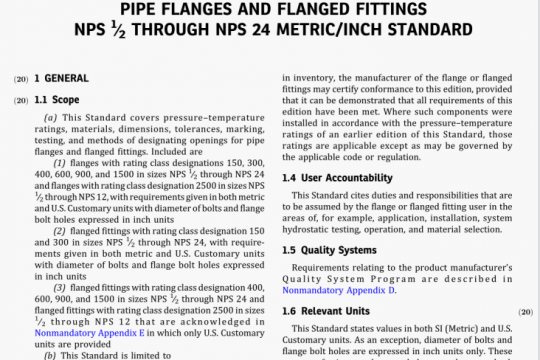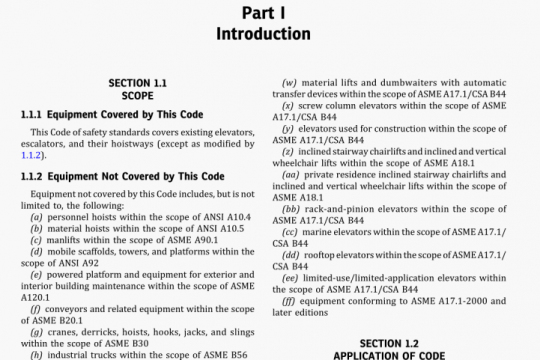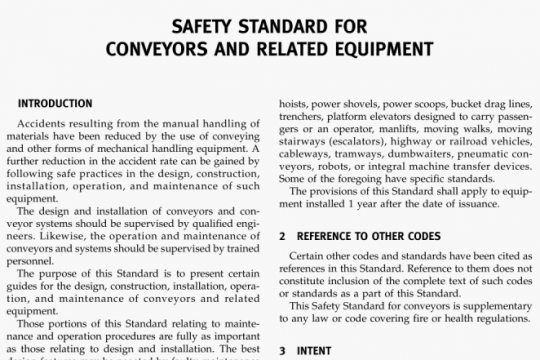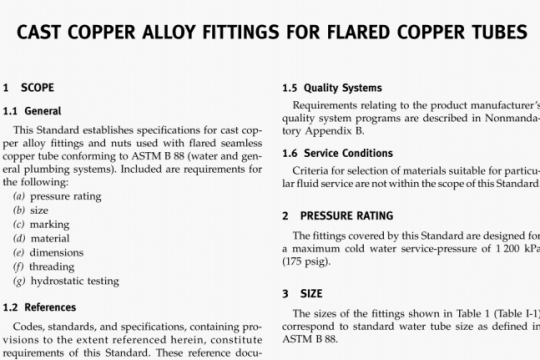ASME NQA.TR-2020 pdf free
ASME NQA.TR-2020 pdf free.Evolution of Quality Assurance Principles and Requirements in the U.S. Nuclear Industry.
NAP-24 was revised in 2015 to include Attachment 3, which defined common processes and activities for the federal and NNSA contractor (both design agencies and production agencies) weapon quality organizations, employing a layered oversight approach involving Headquarters Weapon Quality Division, field/production offices, and NNSA contractors and subcontractors.
1.3 AEC NAVAL REACTORS, AEC QRC-82C
Quality control requirements for AEC naval nuclear propulsion programs were prescribed in AEC QRC-82C. This document supplemented MIL-Q-9858A by imposing quality control requirements for material inspection and testing during manufacturing of naval reactor components.
1.4 AEC TO DOE RDT F2-2T STANDARD
From its beginning, the AEC managed and operated its civilian reactor and technology development programs as a decentralized agency. AEC headquarters developed policy, managed funding, and issued broad programmatic direction to its field organizations. The AEC issued grants to universities, national laboratories, and research and development contractors.
Notwithstanding the good operational safety records in the late 1960s, AEC RDT management and engineers were disturbed to note that Important civilian reactor and technology development objectives were not being accomplished as planned. Quality problems, including equipment failures and irretrievable loss of important data, were attributed not to the inherent risks of technology development but to insufficient management and engineering attention to conventional material and process controls. Fundamental, exacting engineering standards and quality controls that were essential to technology development were not being applied.
Early AEC, DOE, and contractor project management misconceptions about quality assurance included the following:
(a) Some project managers believed it was possible to ensure nuclear facility quality without a formal, documented, and integrated quality assurance program. While this approach was used for small basic research reactors, quality-related operating problems resulted in shutting down production reactors at most DOE sites and prevented their restart.
(b) Some project managers believed that quality assurance program establishment and implementation was the primary responsibility and role of the quality assurance organization. This misconception was fostered in part by some quality assurance organizations that believed that the quality assurance plans, requirements, and procedures were written by and for the quality assurance organization. They failed to recognize a fundamental quality assurance principle that quality and its achievement are primary management responsibilities; the quality assurance organization supports top and line management in executing their quality assurance programs and by conducting independent audits.
Prior to 1968, there were no formal quality assurance requirements imposed by the AEC and its management and operating contractors on GOCO nuclear facilities conducting reactor development and technology activities. This situation presented an early quality management dichotomy for the National Aeronautical and Space Administration (NASA) quality engineers who had technical and quality management oversight of some joint AEC—NASA space exploration programs. For example, in the mid-1960s, NASA’s Space Nuclear Auxiliary Power (SNAP) programs imposed rigorous quality assurance and quality control requirements from NASA NHB 5300.4(1B) on some of its prime contractors, e.g., Aerojet General in Azusa, CA, and General Electric in Evendale, OH. In MIL-l-45208A, NASA delegated to DOD Air Force, Navy, and other contract administration agencies certain DOD inspection system requirements for nonnuclear, non-mission-critical components of the power conversion system being developed by the contractor. NASA quality assurance program managers were disappointed to learn that the AEC did not impose any formal quality assurance or quality control requirements on the SNAP reactor-system-development contractors. The Associate Director at NASA’s Lewis Research Center brought this situation to the attention of the joint AEC—NASA organization.ASME NQA.TR pdf download.




